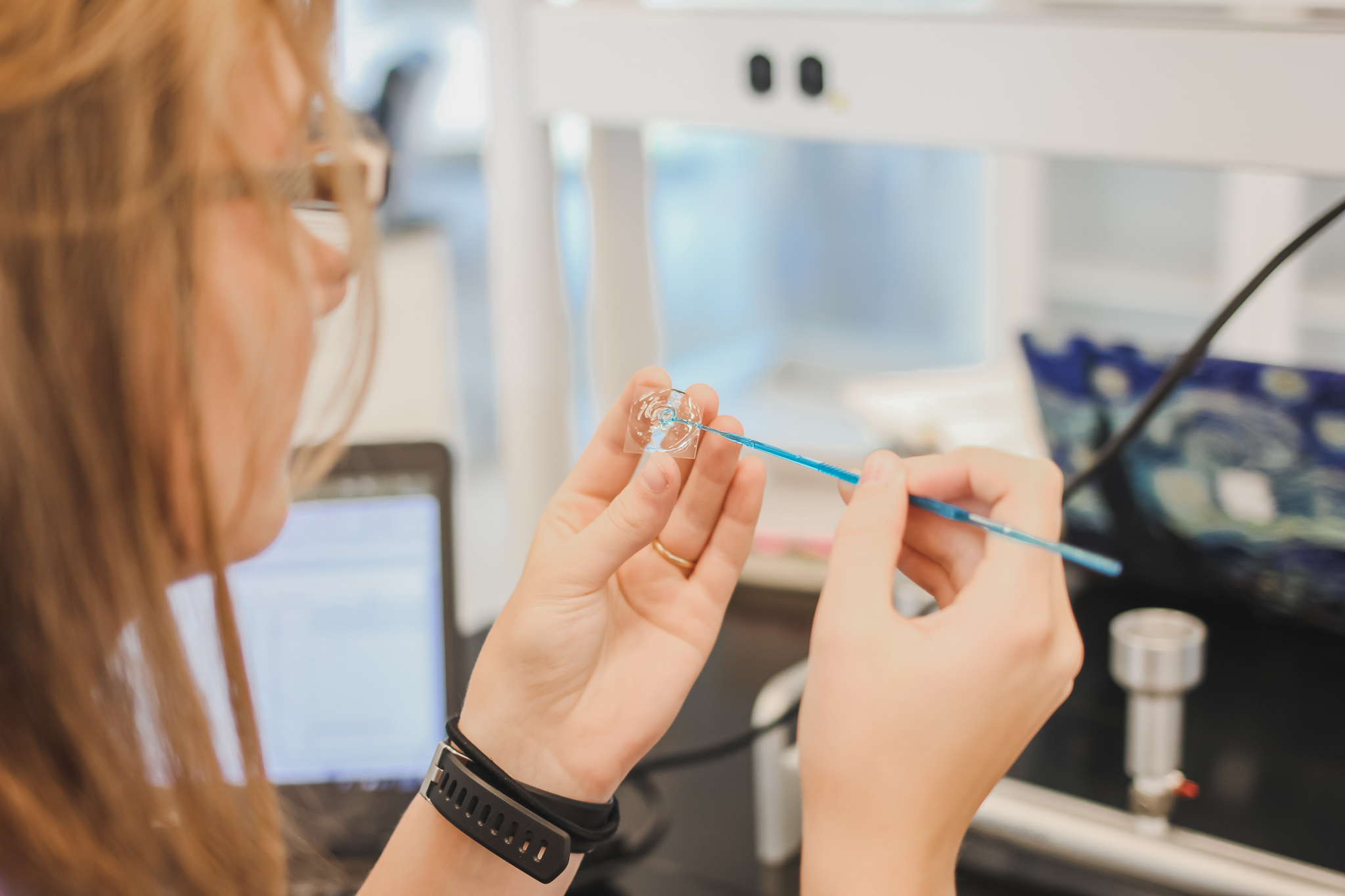Blue-Green Algae
Blue-green algae: What is it?
When you hear about cyanobacteria (blue-green algae) in Kosciusko County, it’s frequently after the cyanobacteria begins to dominate a local lake ecosystem, often in the form of cyan or teal-colored particles or scum. These are blooms of aquatic cyanobacteria.
Blue-green algae is a nickname for aquatic cyanobacteria, such as Microcystis, Anabaena, and Cylindrospermopsis. The Lilly Center currently focuses on the microcystin toxin, which can be produced by both Microcystis and Anabaena, among others. We sample 14 local lakes and gather water samples for testing in our own lab, including counting and identifying algae species.

Microcystin toxin in local lakes
You can view weekly microcystin data on this page during our summer sampling season, from June-August!
The Basics
These fundamental concepts establish the framework for cyanobacteria research. When we know what we’re protecting, we can better equip ourselves with the knowledge we need to make informed, strategic decisions for the future of our lakes.
The Research
The Lilly Center was founded on blue-green algae research. That is our primary focus while we conduct lake sampling every summer, and stream sampling year-round.
The Resources
We don’t conduct cyanobacteria research alone! We rely on the insight of other trustworthy organizations. Click through to learn more about blue-green algae from each of these sources.